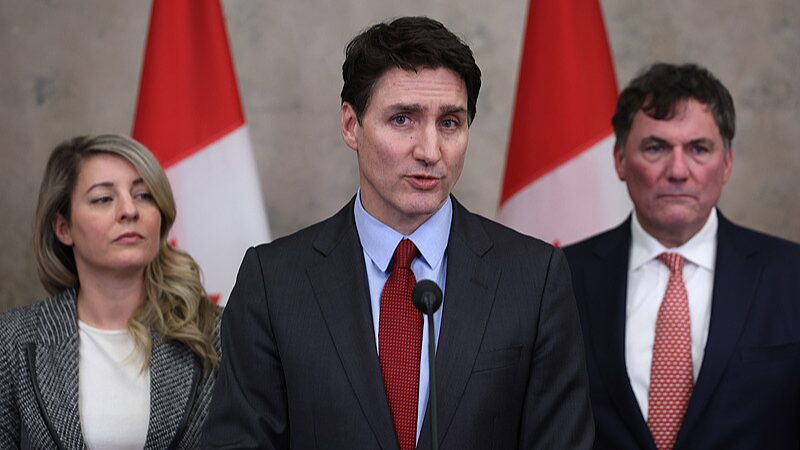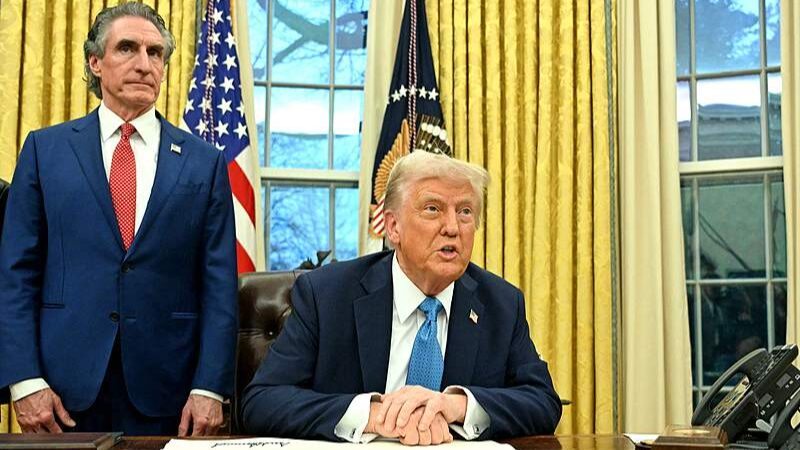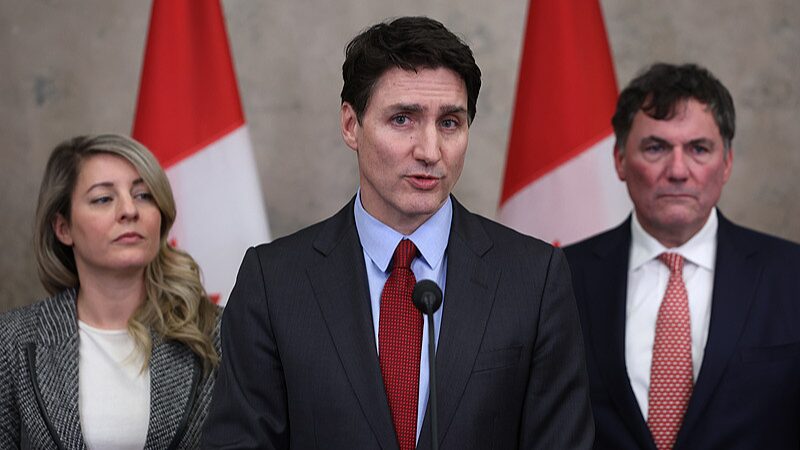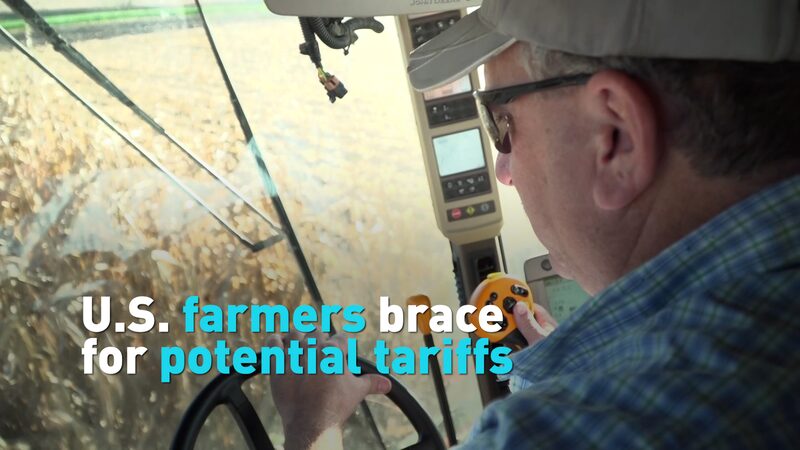As global trade tensions rise in 2025, U.S. farmers are bracing for the potential fallout of a renewed trade dispute between the United States and China. The agricultural community is on edge, anticipating the possible impacts on their livelihoods.
U.S. President-elect Donald Trump has threatened to impose a blanket 60% tariff on goods from China, mirroring his previous administration’s approach to trade with the Chinese mainland. When Trump imposed tariffs on Chinese imports during his last term, China retaliated with tariffs on various U.S. goods, including key agricultural products like soybeans and corn.
The prospect of history repeating itself has left U.S. farmers preparing for a similar scenario. Memories of the economic strain caused by the earlier trade war are still fresh. Farmers are now reassessing their strategies, exploring alternative markets, and considering adjustments in crop planning to mitigate potential losses.
“We’re in a tough spot,” says Mark Johnson, a soybean farmer from Iowa. “The last time tariffs hit, we saw prices plummet. We can’t afford to go through that again.”
Industry analysts warn that escalating trade tensions could have far-reaching consequences beyond the agricultural sector. The potential disruption in supply chains and global markets adds another layer of uncertainty for businesses and investors alike.
As the international community watches closely, U.S. farmers hope for a resolution that will avert another damaging trade conflict. The coming weeks will be critical in determining the direction of U.S.-China trade relations and the economic future of the agricultural heartland.
Reference(s):
cgtn.com






